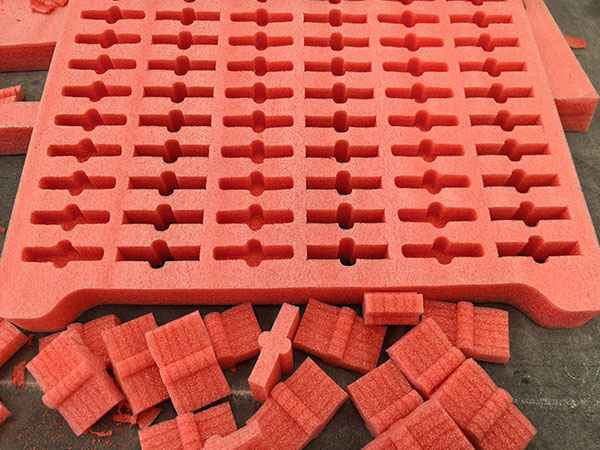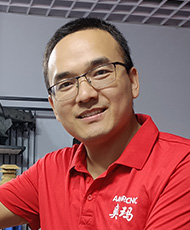Tool Overview: Know Your Options
Here are the four tools commonly used with CNC oscillating knife cutting machines for EVA and EPE foam:
| Tool | Type | Key Features | Recommended Use |
|---|---|---|---|
| 400W Electric Oscillating Tool | High-power electric | Strong, deep cutting, 5-8mm amplitude | Hard EVA (50–120mm), Thick EPE (60–120mm) |
| Pneumatic Oscillating Tool | Air-powered | Balanced power, cost-effective | EVA ≤ 50mm, EPE up to 100mm |
| 400W High-Frequency Oscillating Tool | Electric (high-speed) | High-speed, precise cuts | EVA ≤ 50 (soft to medium), EPE ≤ 60mm |
| 200W DC Servo Oscillating Tool | Electric (low power) | Lightweight, low vibration | Soft EVA ≤ 50mm, thin EPE |

Material Characteristics: EVA vs. EPE Foam
Understanding your material is the first step toward choosing the right tool:
- EPE Foam: Low-density, flexible, shock-absorbing. Commonly used in large-volume packaging. Comes in thicknesses up to 120mm.
- EVA Foam: Closed-cell structure, better elasticity and resistance. Hardness typically ranges from 38° to over 50° Shore A.
Each combination of thickness and hardness requires a different cutting approach.
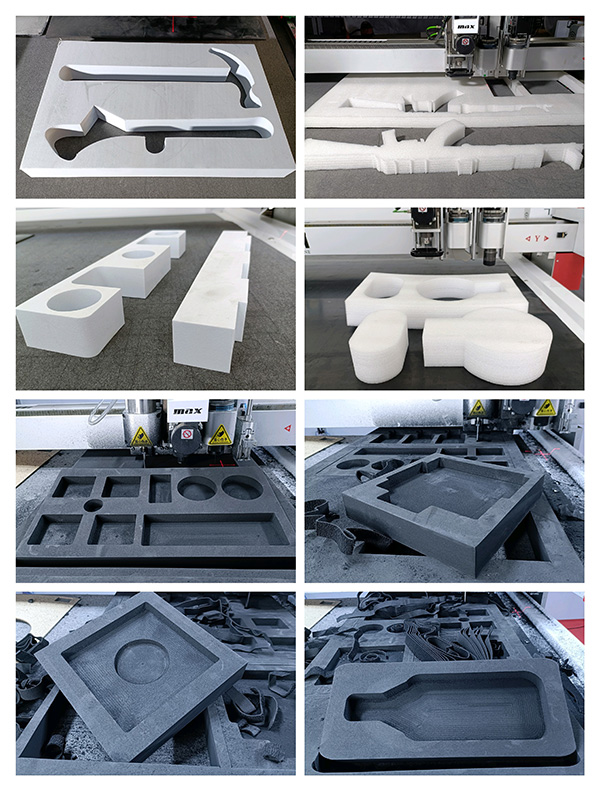
Best Tool Choices by Material & Scenario
Let’s break it down into clear, real-use cases:
✅ Case 1: EPE Foam ≤ 50mm
- Goal: Maximize cutting speed and edge quality.
- Recommended Tools:
- Pneumatic Oscillating Tool (if compressed air is available)
- 400W High-Frequency Oscillating Tool (if you prefer lower operating cost)
- Why: Both offer fast, clean cuts for soft, low-density material.
✅ Case 2: EPE Foam 50–120mm
- Goal: Achieve clean cuts on thick material.
- Recommended Tools:
- Pneumatic Oscillating Tool for larger amplitude and better penetration
- 400W Electric Oscillating Tool for powerful cutting force
- Why: High cutting resistance demands strong and stable tools.

✅ Case 3: EVA Foam ≤ 50mm, Hardness 38°–45°
- Goal: Perfect surface finish with low friction.
- Recommended Tool:
- 200W DC Servo Oscillating Tool
- Why: With only 1.5–3mm amplitude, it creates clean edges and reduces vibration on soft foam.
✅ Case 4: EVA Foam 50–100mm, Hardness >45°
- Goal: Cut through dense foam with precision.
- Recommended Tool:
- 400W Electric Oscillating Tool
- Use 2.5mm white steel blade with 1.5mm–2.5mm blade holder for best results
- Why: Strong motor power and deeper amplitude handle tough cuts easily.
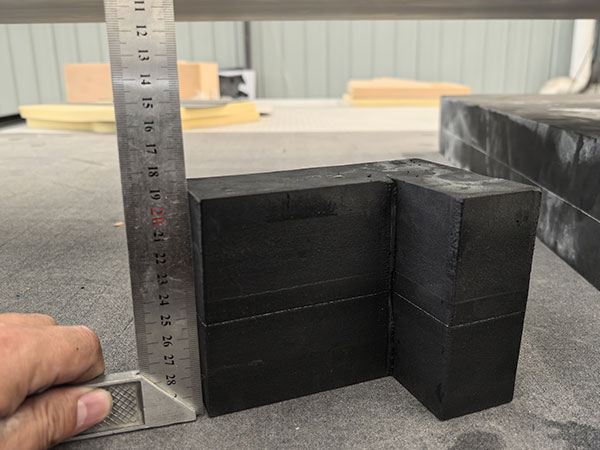
🛠 Suggested Tool Combinations (for Mixed Jobs)
Sometimes, no single tool does it all. Here are practical combinations:
| Material Scenario | Recommended Tool Combo | Note |
|---|---|---|
| EPE ≤ 50mm | Pneumatic / High-Frequency Tool | Choose based on air availability or cost |
| EPE 100–120mm | Pneumatic + 400W Electric Tool | Strong cutting force needed |
| EVA 38–45°, ≤ 50mm | 200W Servo Tool Only | Best edge finish |
| EVA > 45°, 50–100mm | 400W Electric Tool + Milling Cutter | For deep grooves or inserts |
| Mixed EVA Types | High-Frequency + Electric Tool | One for contour, one for strength |
Quick Reference Table: Tool Selection by Foam Type
| Foam Type | Thickness | Hardness | Recommended Tool(s) |
|---|---|---|---|
| EPE | ≤ 50mm | Soft | Pneumatic or High-Frequency |
| EPE | 50–120mm | Soft | Pneumatic or 400W Electric |
| EVA | ≤ 50mm | 38°–45° | 200W DC Servo |
| EVA | 50–100mm | >45° | 400W Electric + 2.5mm Blade |
| EVA (Mixed) | Varies | 38°–50°+ | Electric + High-Frequency |
Conclusion: Choose Tools Scientifically
There’s no one-size-fits-all tool in foam cutting.
- EPE and EVA each present unique challenges.
- Harder or thicker materials require more power and blade control.
- Softer foams benefit from tools with low amplitude and less friction.
To get the best results, you may need to combine tools based on your material and production goals.
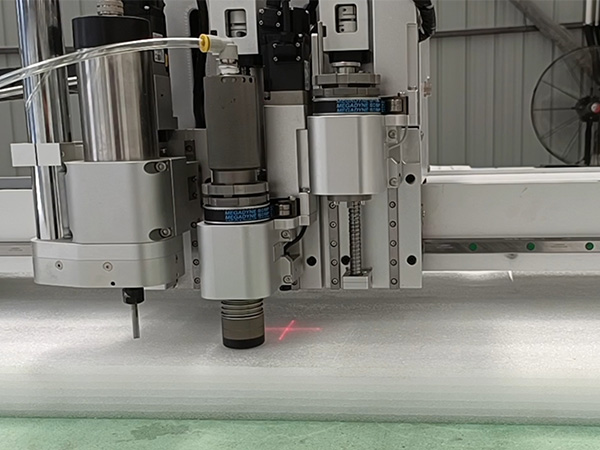
✅ Final Takeaway
When choosing a CNC oscillating knife cutting machine, don’t focus only on the machine body. The right tool configuration—matched to your material’s type, thickness, and hardness—makes all the difference.
Smart combinations mean clean cuts, faster production, and lower costs.

